For most children, pet ownership can contribute significant developmental effects, counter anxiety and depression as well as teach various lessons in life. But it’s good to remember that pets don’t teach values, ideas or morals to your child, you do – they (pets) are merely vessels which you use to point them out.
Choosing A Pet
Animals that more naturally interacts with and elicits a caring response from your child will be the most effective pets. This is why most of the time we will gravitate towards animals with the “cuddle factor” (i.e. cats, dogs, hamsters, etc.). Nevertheless, it isn’t uncommon for certain children to find comfort in ornamental animals such as fishes, iguanas, terrapins, and so on. What’s important is to provide sufficient parental guidance. Of course you should also always use common sense and keep your choices age-appropriate.
The Triple C.A.R.E: How Pets Affect Your Child’s Well-Being
Pet animals are great facilitators of learning that can be summarised into what I call the Triple C.A.R.E of self-development, social development and mental development:
C.A.R.E #1
The first C.A.R.E stands for Compassion, Affection, Responsibility and Efficacy in self-development. Pets help children to develop compassionate behaviours and show affection towards their pets. This in turn facilitates their personal development into a kind, gentle and friendly person. Children also learn to be more responsible by caring for their pets and this can lead to a better sense of self-efficacy and confidence in daily problem solving.
C.A.R.E #2
The next C.A.R.E focuses on social development and these are Connection, Acknowledgement, Relating and Empathy. Pets act as good transitional objects for children providing them with a sense of safety, security and comfort. It helps your child make the emotional transition from dependence to independence. Pets also don’t judge, nor do they laugh or make fun of your child when he/she makes a mistake. This helps your child to gradually build their self-esteem and confidence. Connecting with pets also teaches your child about mutual relations, especially in developing unconditional positive regards towards each other. Pets also provide opportunities for lessons about life; reproduction, birth, illnesses, accidents, death, bereavement, compassion and empathy.
A pet provides comfort and companionship in times of fear and loneliness as well as helping children deviate or forget for a moment the troubles they have in coping with their new environment at school, day care, or what not. It helps them balance their feelings and return to a more positive state-of-mind.
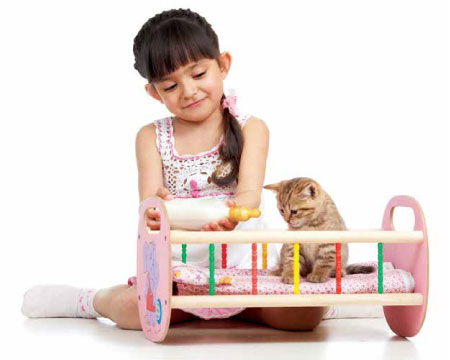
C.A.R.E #3
The third C.A.R.E covers cognitive or mental development where Cognitive abilities, Applied learning, Reflective skills and Emotional regulation are key. The child improves in cognitive abilities with more and more applied learning fuelled by their constant fascination and attraction to their pets. This applied learning from daily experiences sets the stage for reflective skills to be developed especially in learning about consequences of actions and thoughts in caring for- and interacting with their pet. Reflective skills also go hand in hand with emotional regulation where children experience and learn how they should respond in relation to their pets’ behavioural and emotional expressions.
Additionally, much of the daily adaptive behaviour skills such as communication, daily routines, motor abilities, personal care, domestic skills, and community-related skills are also strengthen while socialization skills such as making friends, play skills, and social problem-solving are also reinforced.
Important!
Keep pet-oriented tasks age-appropriate to ensure the safety of your child as well as the pet both physically and emotionally.
Be Prepared, Be Absolutely Ready
Parents need to carefully weigh in the costs and benefits of having a pet in the family. While the experience of having a pet for your child may help to enhance the family’s collaborative strengths, a lack of could contribute towards systemic distress within the family. Bringing a pet into the family is not a decision to be made lightly. Remember, pet animals are not consumables you can simply throw away once they’ve served their purpose – they’re part of the family & should be treated as such.
An educational contribution by Malaysian Society of Clinical Psychology.

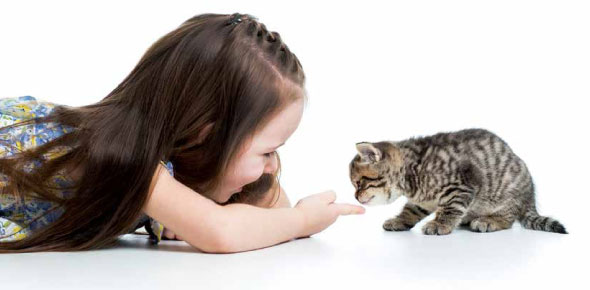

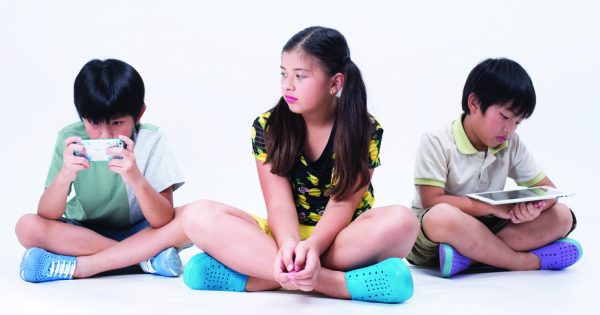
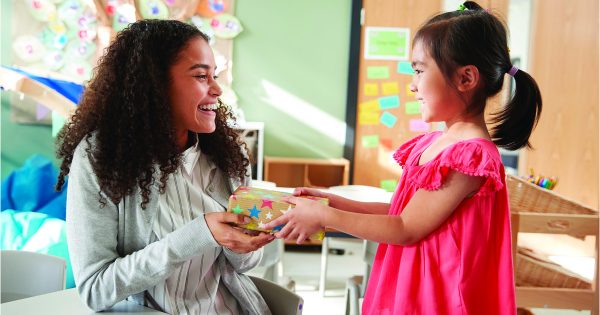
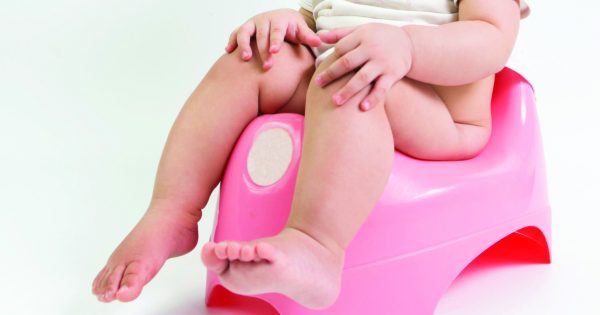
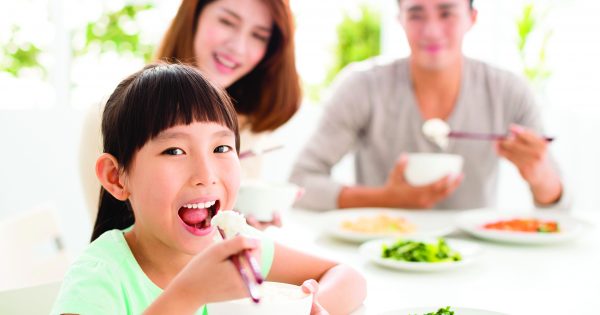
Comments